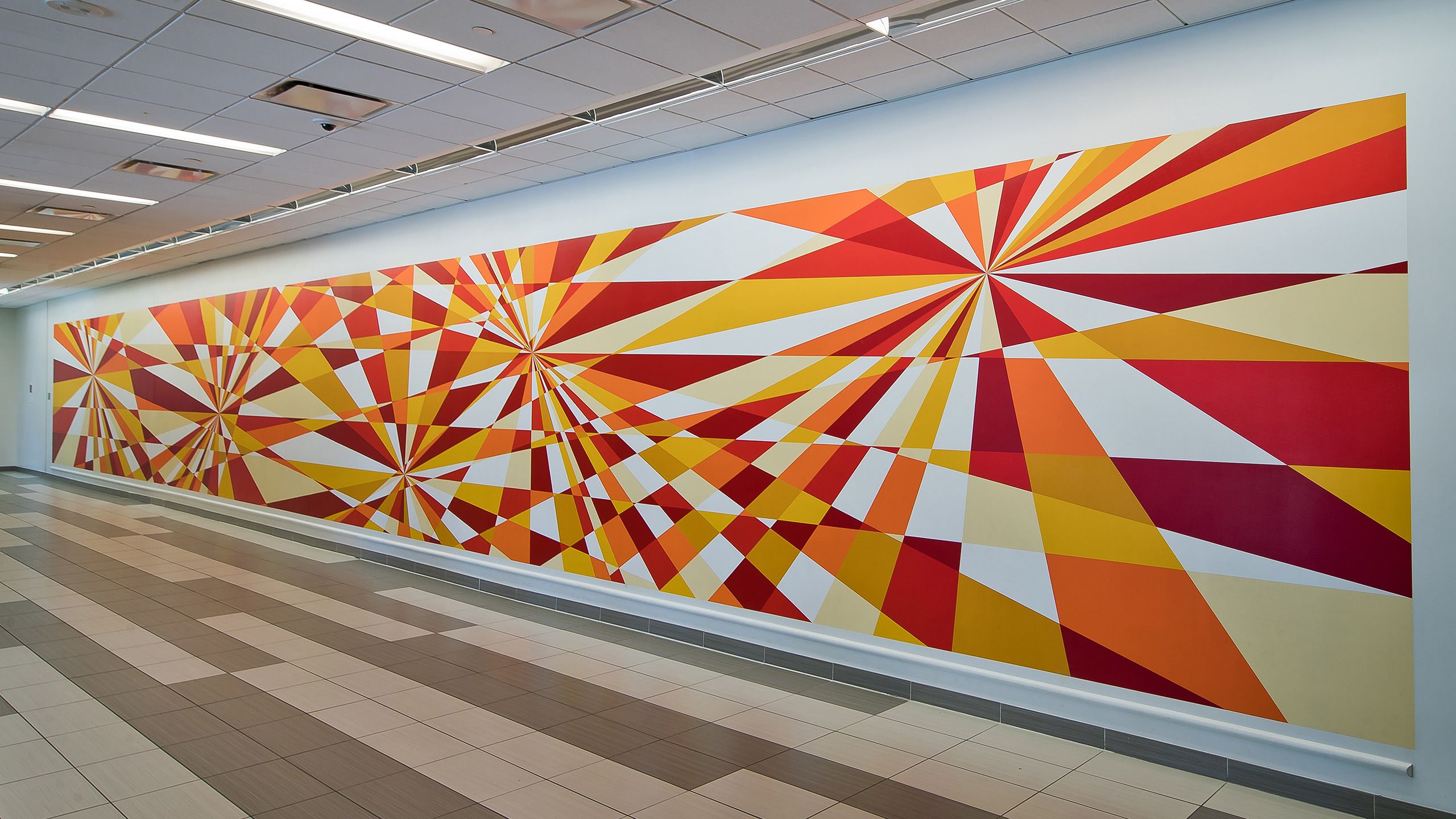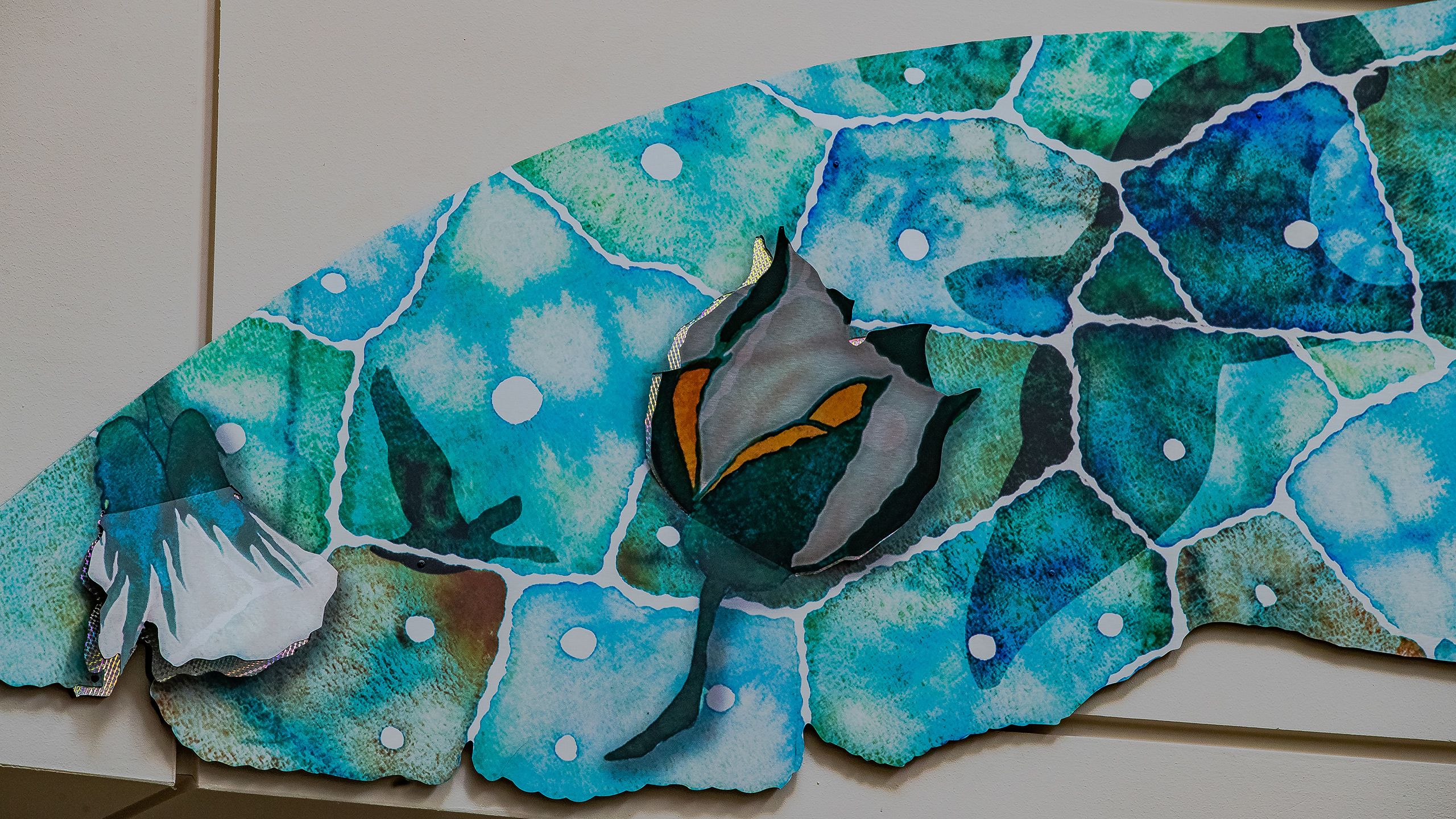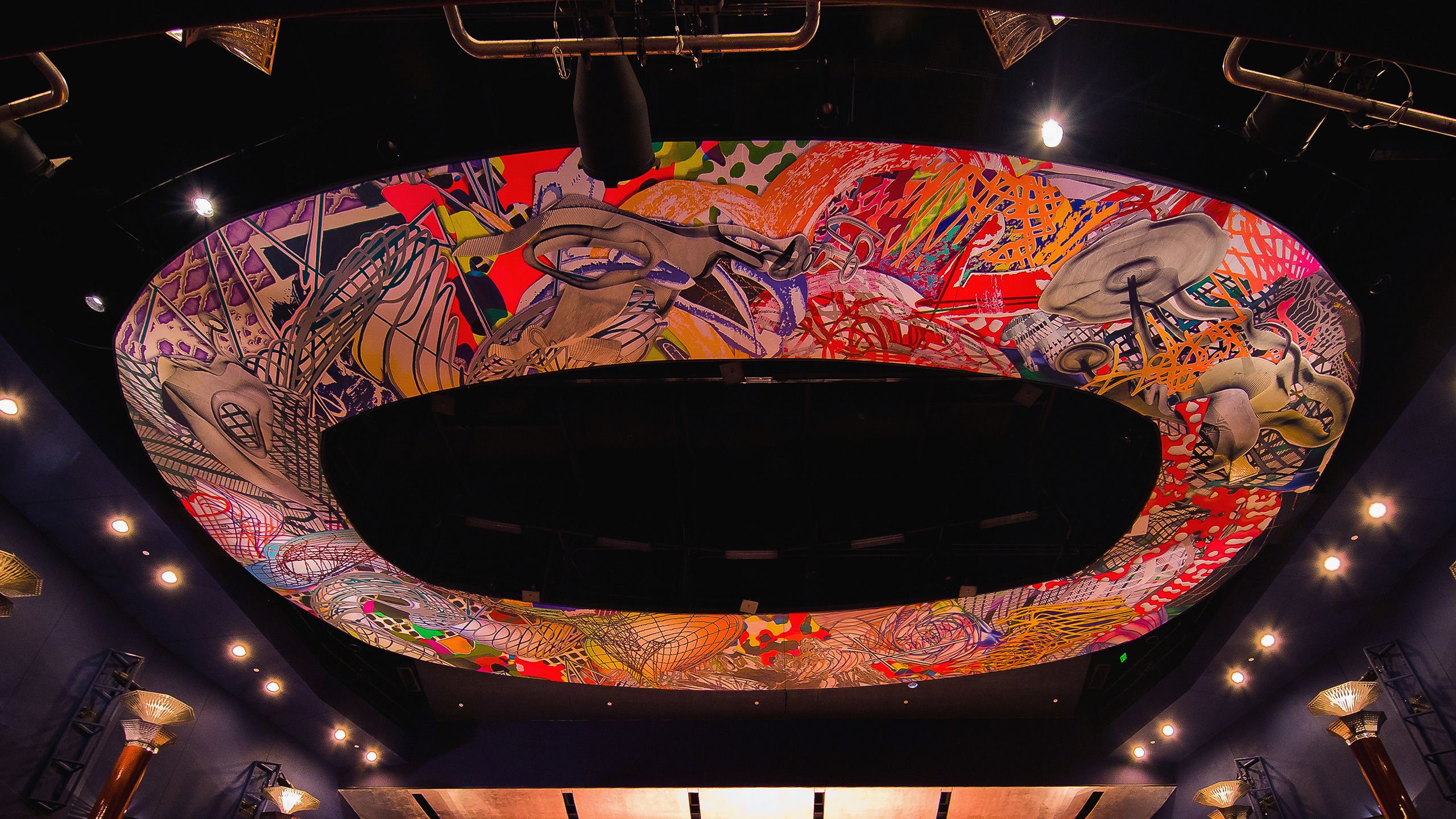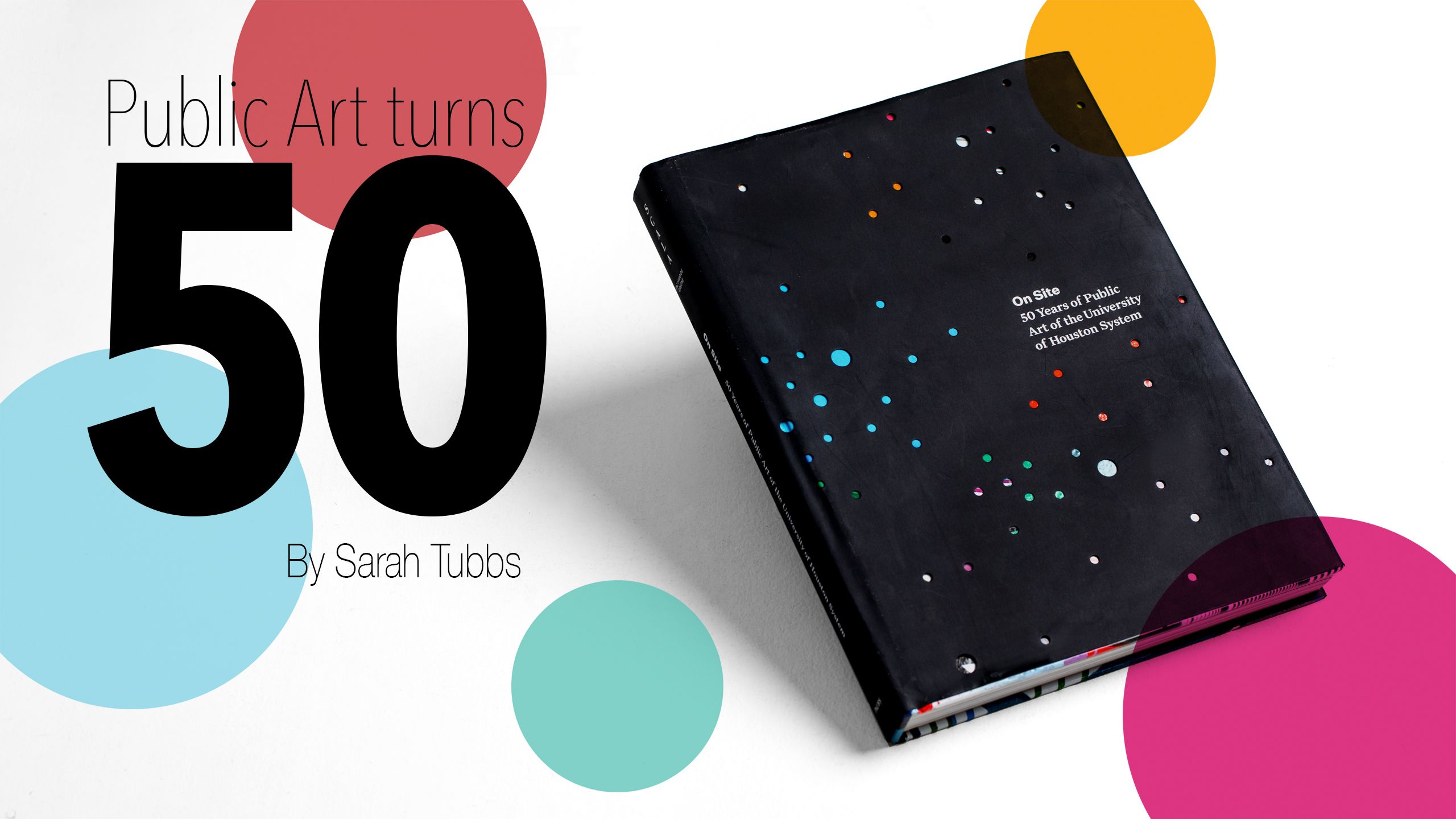
By Sara Tubbs
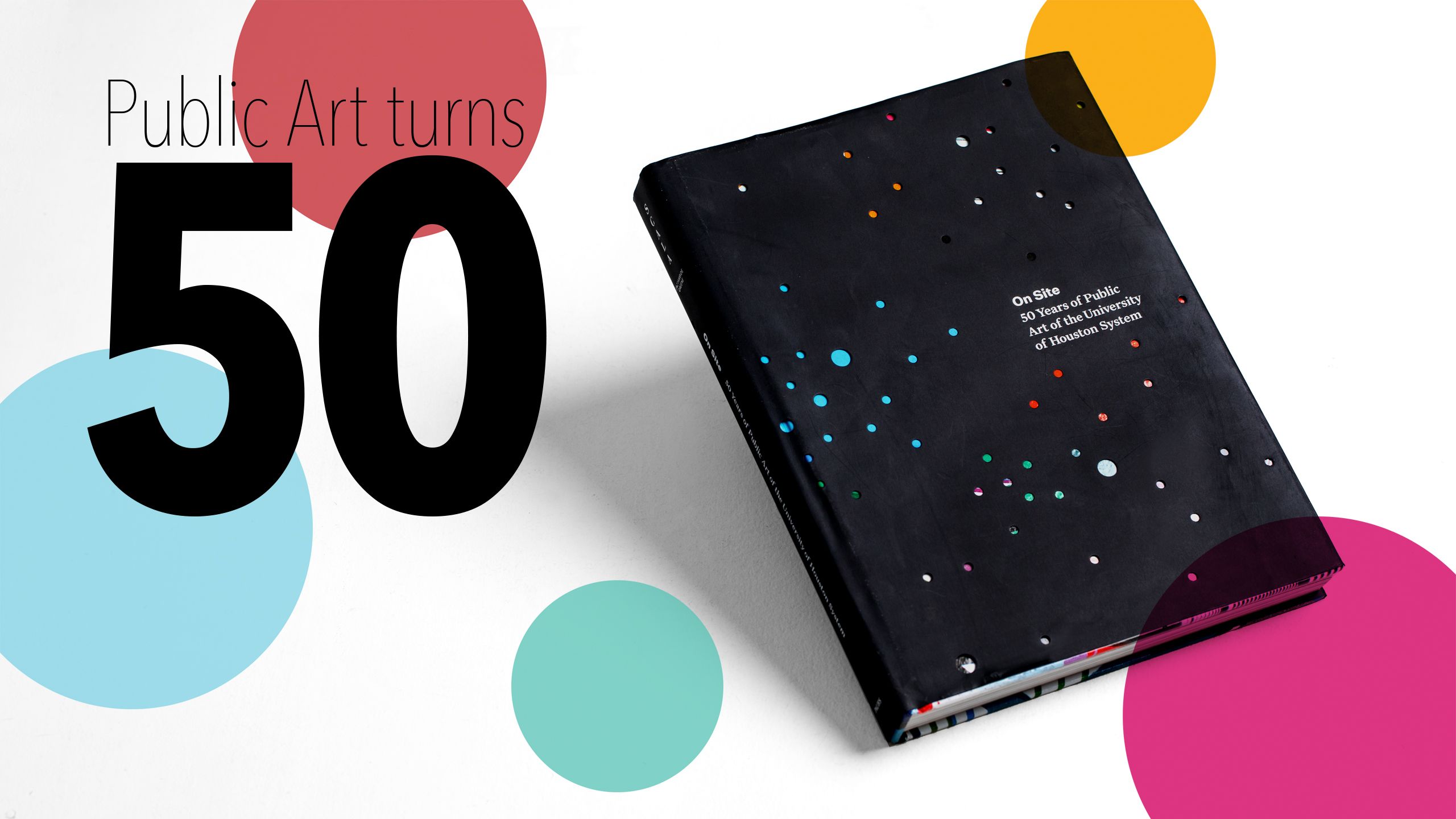
The Board of Regents of the University of Houston first imagined a program for art in campus spaces in 1965, just as the field of public art began to experience important conceptual shifts. From the limiting notion of public sculpture, long used in reference to celebratory monuments, commemorative memorials, and aggrandizing statuary sited in public spaces and paid for with public funds, the nomenclature was evolving into a broader, more inclusive concept of public art. Shifting meanings brought about new ideas about the discipline’s points of reference. Scholars and practitioners gradually came to agree that, in order for public art to be “public,” it must be sited outside of museum and gallery walls, often outdoors. But beyond this overarching principle, there remains little consensus regarding the additional imperatives that art in a public setting must fulfill in order for it to be considered “public art.” In her book “Public Art: Theory, Practice and Populism,” Cher Krause Knight delineates public art’s basic criterion relative to its fundamental communal dimension: “its works are designed for larger audiences, and placed to attract their attention; it intends to provide aesthetic experiences that edify, commemorate, or entertain; and its messages are comprehensible to generalized audiences.”
This sort of widened definition aside, much of the public art emerging in the United States in the middle decades of the 20th century conformed to typologies within an expanding genre of sculpture. In contrast, the 1990s and early 2000s introduced issues of space and place, civic-mindedness and democracy, and community and audience diversity to discussions on public art. Yet the incorporation of additional concerns into the realm of public art revealed that, like the larger art field, public artworks and their sites were not entirely devoid of externalities. At play were worries that such supra-artistic forces as the art establishment, the market, or even political imperatives would unwittingly co-opt a growing body of municipal- and state-funded public art programs, just as they had belied museums, commercial galleries, and other traditional spaces of art display.

The Board of Regents of the University of Houston first imagined a program for art in campus spaces in 1965, just as the field of public art began to experience important conceptual shifts. From the limiting notion of public sculpture, long used in reference to celebratory monuments, commemorative memorials, and aggrandizing statuary sited in public spaces and paid for with public funds, the nomenclature was evolving into a broader, more inclusive concept of public art. Shifting meanings brought about new ideas about the discipline’s points of reference. Scholars and practitioners gradually came to agree that, in order for public art to be “public,” it must be sited outside of museum and gallery walls, often outdoors. But beyond this overarching principle, there remains little consensus regarding the additional imperatives that art in a public setting must fulfill in order for it to be considered “public art.” In her book “Public Art: Theory, Practice and Populism,” Cher Krause Knight delineates public art’s basic criterion relative to its fundamental communal dimension: “its works are designed for larger audiences, and placed to attract their attention; it intends to provide aesthetic experiences that edify, commemorate, or entertain; and its messages are comprehensible to generalized audiences.”
This sort of widened definition aside, much of the public art emerging in the United States in the middle decades of the 20th century conformed to typologies within an expanding genre of sculpture. In contrast, the 1990s and early 2000s introduced issues of space and place, civic-mindedness and democracy, and community and audience diversity to discussions on public art. Yet the incorporation of additional concerns into the realm of public art revealed that, like the larger art field, public artworks and their sites were not entirely devoid of externalities. At play were worries that such supra-artistic forces as the art establishment, the market, or even political imperatives would unwittingly co-opt a growing body of municipal- and state-funded public art programs, just as they had belied museums, commercial galleries, and other traditional spaces of art display.
Longevity and depth are the hallmarks of the collection of Public Art UHS. Its initial set of sculptures included Iroku (1965) by Sofu Teshigahara, acquired as a gift from the Japanese government in 1967; Orbit I and II (1968) by Masaru Takiguchi, both bought in 1969; and Gerhard Marcks’ Albertus Magnus (1955, cast in 1970), UH’s first outdoor purchase, installed in 1971. The collection grew very quickly once the wheels were set in motion for a percent-for-art program at the University, first by mandate of the Board of Regents and ultimately through the 1969 passing of key legal framework at the state level. Public Art’s focus shifted from the 1970s onward as Houston and its UH System universities continued to expand and also in response to broader systemic changes impacting the public art field. The result is a collection of nearly 700 hundred objects by acclaimed local, regional, national, and international artists, representing a wide range of media and styles displayed across five locations: the University of Houston, the University of Houston at Sugar Land, University of Houston-Downtown, University of Houston-Clear Lake and University of Houston-Victoria. Despite expected gaps, these works represent four overlapping modes of production that encapsulate this evolution:
Large outdoors sculpture, architecturally integrated work, more general art in public spaces and temporary public art.
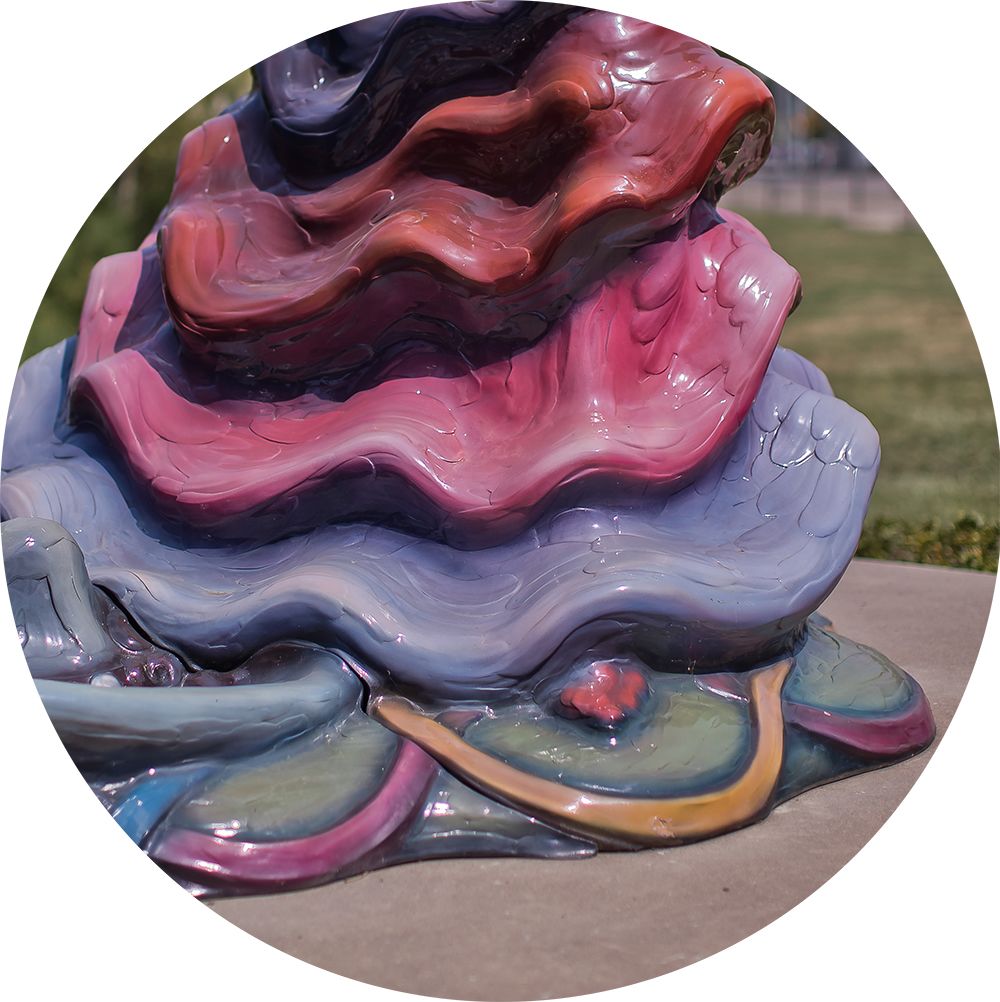
Fiesta Jarabe (Fiesta Dancers). Luis Jiménez (University of Houston)
Fiesta Jarabe (Fiesta Dancers). Luis Jiménez (University of Houston)
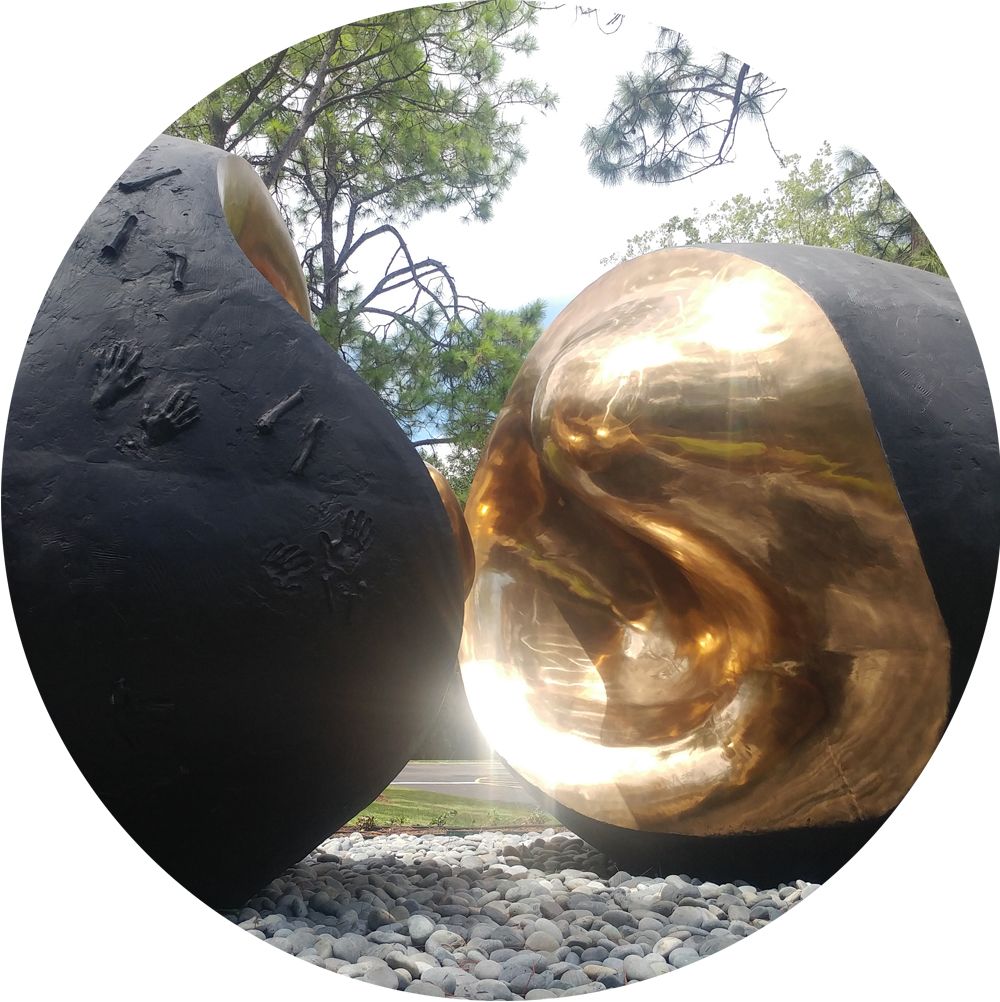
Spiritus Mundi, 1977 at UH-Clear Lake
Spiritus Mundi, 1977 at UH-Clear Lake
Beyond mere reflections of the changing times, these typologies of public art reveal moments of exceptional strength across the art collection of the University of Houston System. They also help to advance Public Art’s broad understanding of public art as any artistic gesture (in any media) installed in a publicly accessible space (outside or indoors, site-specific or not) and experienced by multiple audiences. One could also argue that these cases illustrate how Public Art’s collection does much more than enhance mundane comings and goings across the UH campuses. Inasmuch as it fulfills practical, aesthetic, or even experiential prerogatives, art also increases the social consequence of the multiple sites it serves to anchor across these communities, reflecting a unity with an indispensable human content.
A university-based collection such as Public Art UHS may suggest an alternate, less mediated, and more inclusive mode of interacting with and responding to art. Public art in university campuses guarantees continuous free and universal access to art as a counterbalance to what the El Paso–born Luis Jiménez referred to as a “closed-in” art system in the United States. The artist, a longtime UH faculty member, reflected on what he viewed as an institutionalized culture of exclusion: “People should not have to own [art] to appreciate it … Art should be accessible to [all] people.” Public art, Jiménez explained, hinged on the issue of access and its consequence, the issue of interconnectedness: “Nothing is accomplished, even on a personal level, if [an artist] puts his work in a community and no one relates to it.” In its interventions in day-to-day life, public art is charged with challenging people to see, react, and even doubt. Over time, repetitive contact with art carries the potential to establish more meaningful connections and to build community in the process.
Public Art UHS is committed to upholding a set of fundamental tenets as it moves beyond the 2019 benchmark. They include: respect (for different voices, audiences and opinions); a will to provide students with meaningful experiences, including hands-on skills (through engagement with the collection and programs); collaboration (with other academic units, local organizations, and institutions beyond Houston); and an increased system-wide presence through the movement of artworks, ideas, and people among the University of Houston System campuses. These guiding principles enhance Public Art UHS as a space where art, space, and pedagogy converge. The resulting ecosystem of indivisible elements is linked to, and is strengthened by, three active arenas: groundbreaking art, spaces and opportunities for dialogue, and a commitment to social inclusiveness. These ideas are encapsulated in PAUHS’ dual mottos:
“Only Open to the Public” and “Exclusively for Everyone.”
